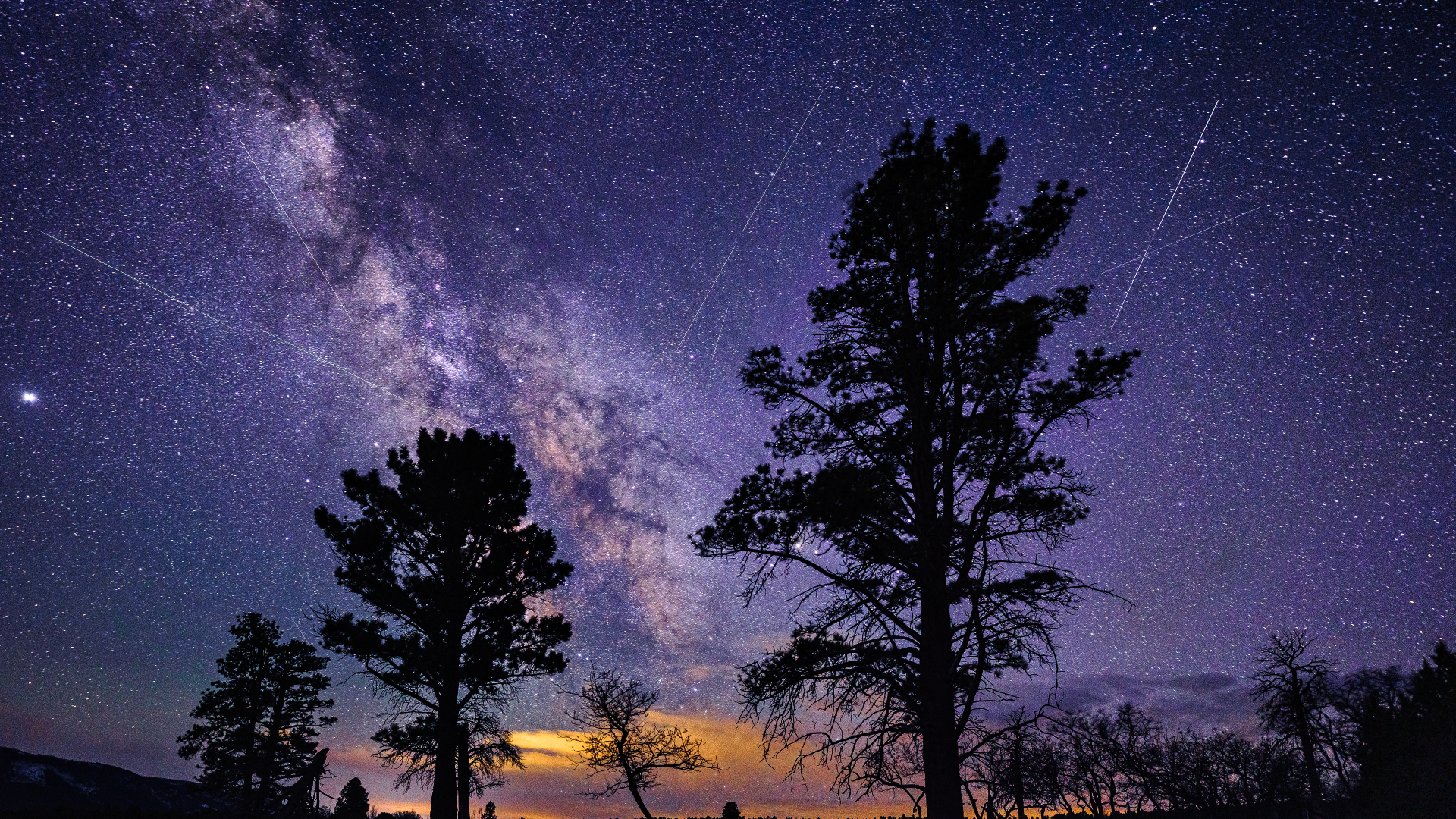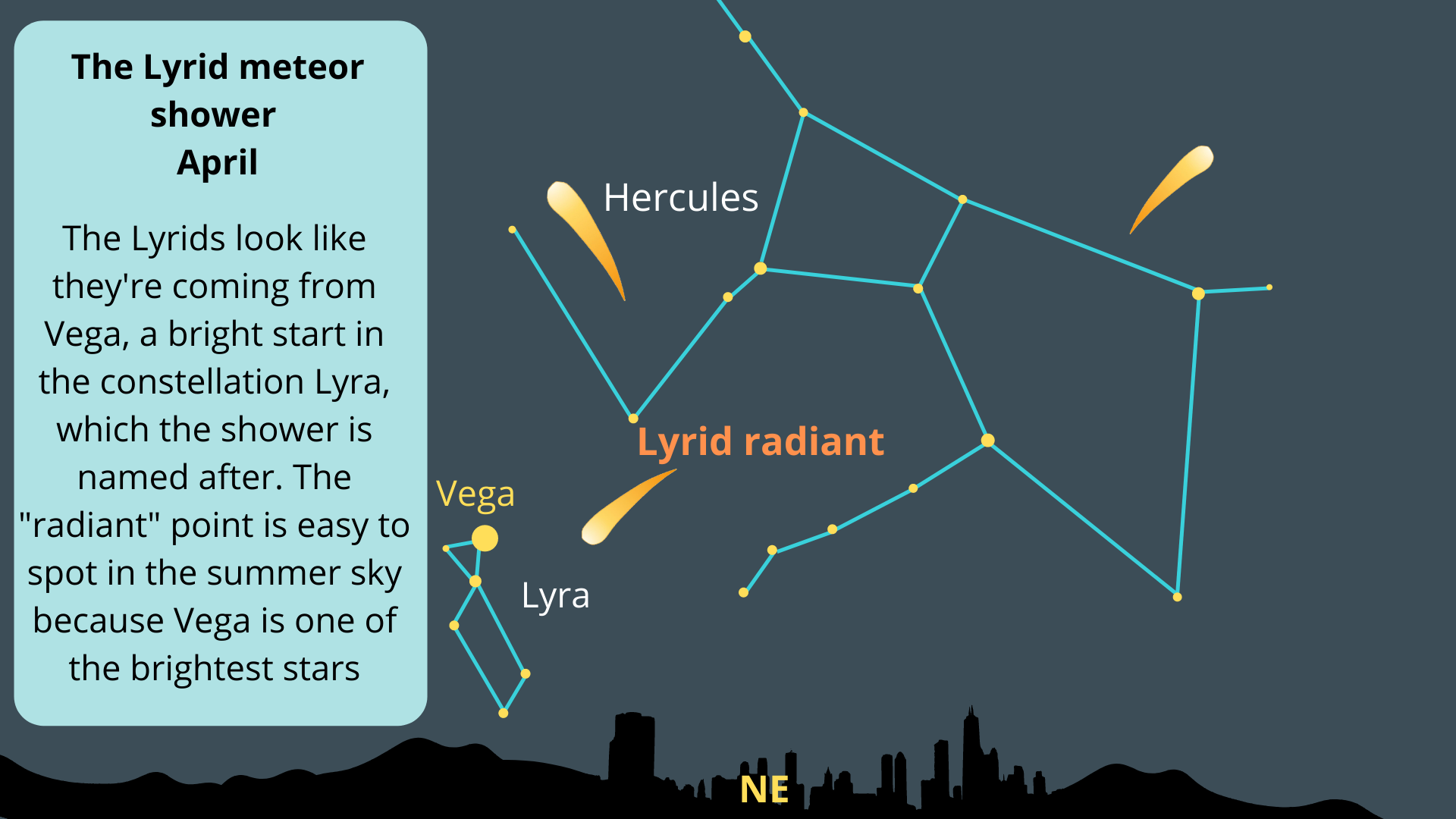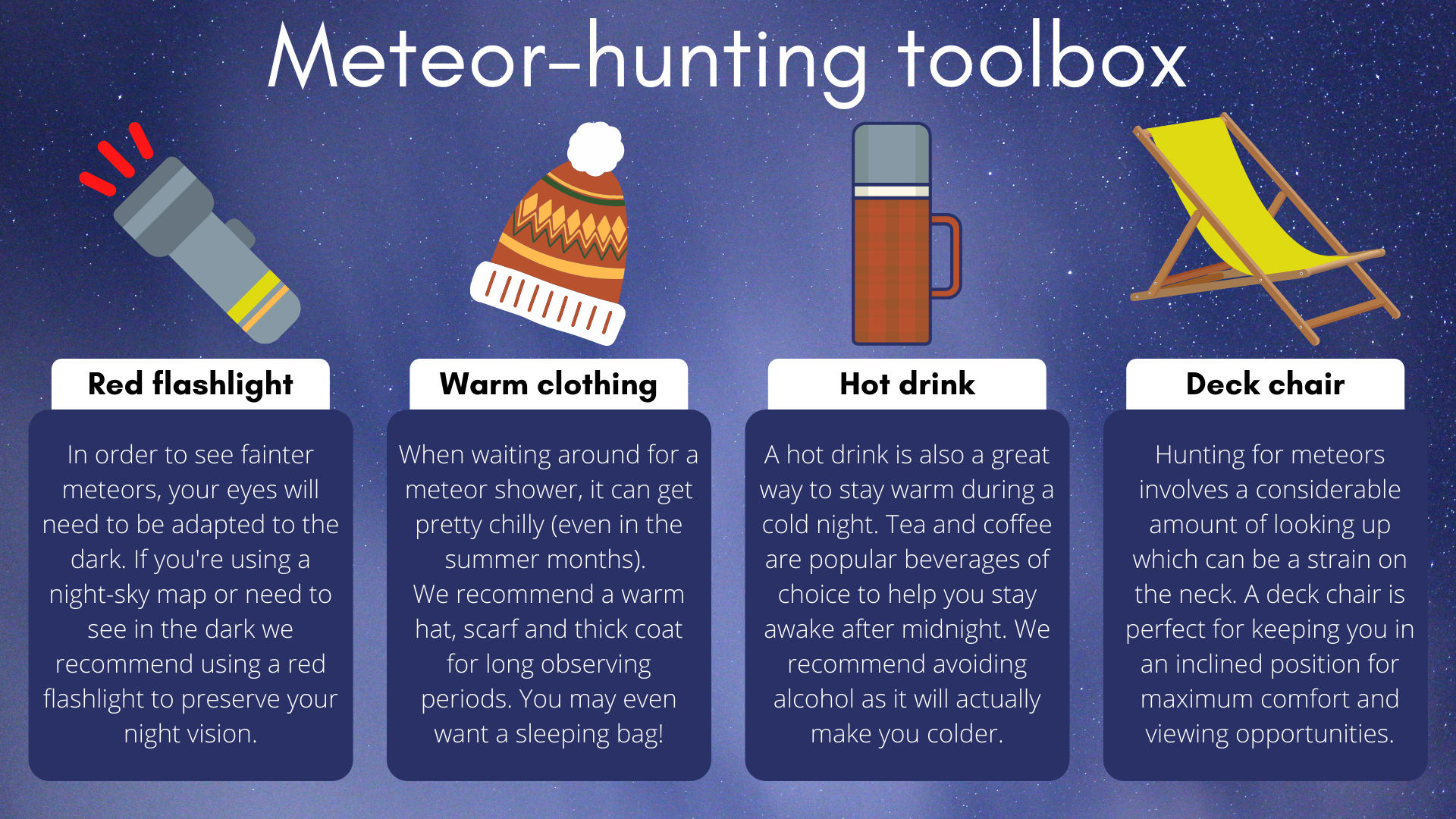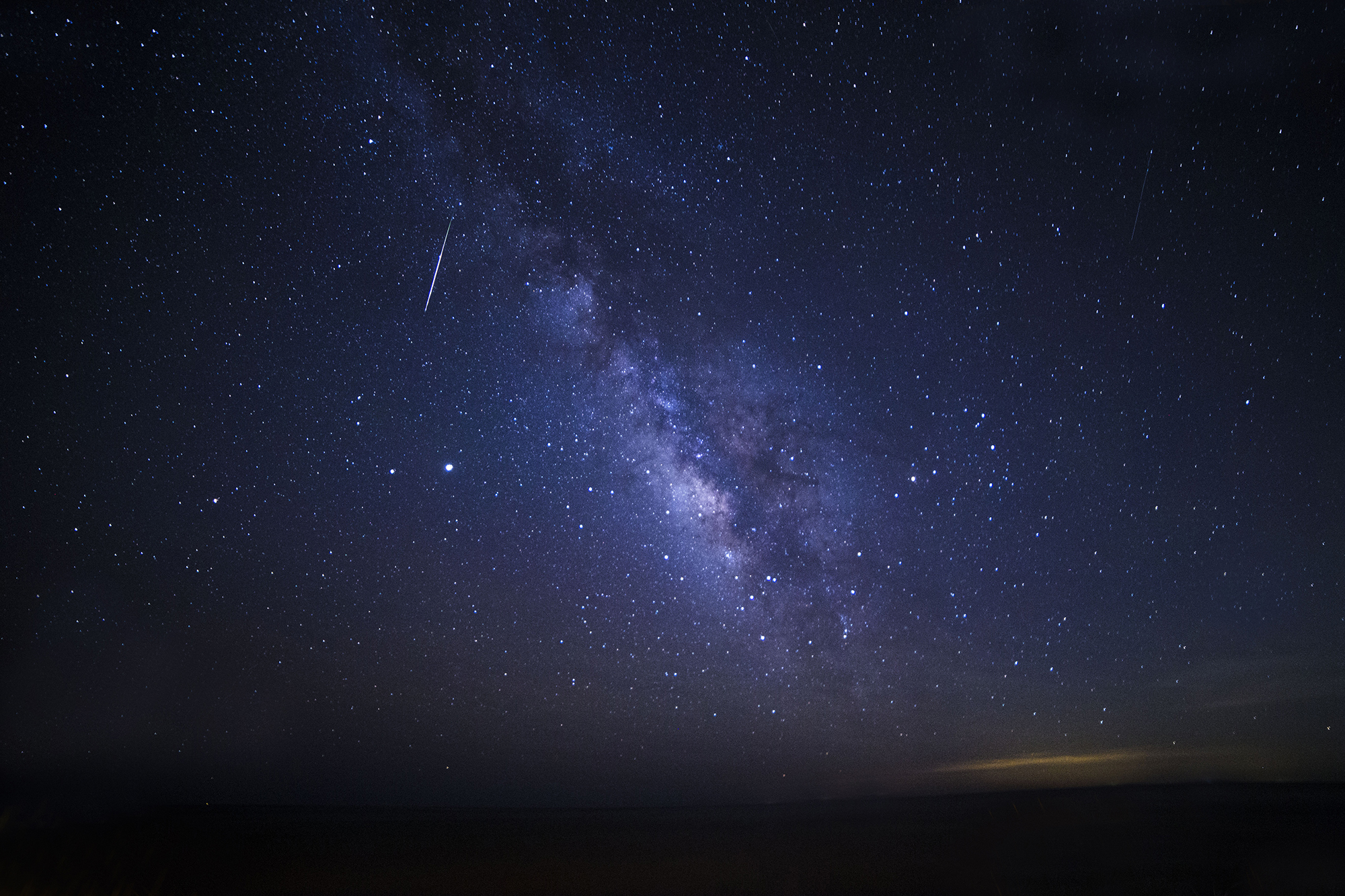
The Lyrid meteor shower occurs between April 16-25 every year and will next peak in the early hours of April 22, 2025.
When: 16 to 25 April
Peak: April 22
Comet of origin: C/1861 G1 Thatcher (Comet Thatcher)
Zenithal Hourly Rate (ZHR): 18
(The number of meteors a single observer would see in an hour of peak activity with a clear, dark sky and the radiant at the zenith).
The best time to observe the Lyrids is in the predawn hours when the shower’s radiant is at its highest in the sky. However, be mindful that as the morning progresses, the radiant will continue to climb, but so will the approaching sunrise and the brightening skies, which will hinder visibility.
The shower is known for its luminous dust trains which can be observed for several seconds according to NASA. The Lyrids are associated with Comet Thatcher, a long-period comet that orbits the sun every 415.5 years, it last reached its closest approach to the sun in 1861.
Related: Upcoming Meteor showers guide
The average Lyrid shower produces 15 to 20 meteors per hour.
Some years, the Lyrid meteor shower intensifies and can produce up to 100 meteors per hour in what's called an "outburst," but it is difficult to predict exactly when that will happen.
Related: The most amazing Lyrid meteor shower photos of all time
Where to see the Lyrids meteor shower

The radiant — the point from which the meteors appear to originate — will be high in the evening sky in the constellation Lyra to the northeast of Vega, one of the brightest stars visible in the night sky this time of year. Don't look directly toward the radiant, though, because you might miss the meteors with the longest tails.
The Lyrid meteor shower is of medium brightness, but not as luminous as the famous Perseid meteor shower in August, which tends to produce more prominent trails, Cooke said.
What causes the Lyrid meteor shower?
Lyrid meteors are little pieces of Comet Thatcher, a long-period comet that was discovered by amateur astronomer A.E. Thatcher.
Meteor showers occur when the Earth crosses the path of a comet, colliding with a trail of comet crumbs. That's why they happen around the same time every year and appear to originate from specific points in the sky. As they burn up in Earth's atmosphere, the meteors leave bright streaks in the sky commonly referred to as "shooting stars."
Lyrid meteors come in fast — though not as fast as the Leonids, which peak in November, Cooke said. "The Leonids hit us head-on," Cooke continued "The Lyrids are more like hitting the left front fender."
How to see the Lyrid meteor shower
The Lyrids are one of the oldest recorded showers, NASA meteor expert Bill Cooke told Space.com, with observations going back to 687 B.C. You don't need any kind of special equipment to see the meteors; just look up at the dark sky, be patient and enjoy the show.
To best see the Lyrid meteor shower, go to the darkest possible location, lean back, relax and allow about 30 minutes for your eyes to adjust to the dark.
If you want more advice on how to photograph the Lyrids, check out our how to photograph meteors and meteor showers guide and if you need imaging gear, consider our best cameras for astrophotography and best lenses for astrophotography.

Historical Lyrid meteor shower sightings

The Lyrids have been chronicled in many cultures over the past 2,700 years. Chinese astronomers noted prominent displays in 687 B.C. and 15 B.C. Also, in 1136, a report from Korea chronicled the shower with the words "many stars flew from the northeast," according to Space.com's skywatching columnist Joe Rao.
In 1803, residents of Richmond, Virginia, went outside late at night after a fire alarm. A report from that time noted that the meteors resembled rockets in the sky.
"Shooting stars. This electrical [sic] phenomenon was observed on Wednesday morning last at Richmond and its vicinity, in a manner that alarmed many, and astonished every person that beheld it. From 1 until 3 in the morning, those starry meteors seemed to fall from every point in the heavens, in such numbers as to resemble a shower of sky rockets," wrote a journalist at the time, in an account republished on Space Weather.
NASA stated that similarly, impressive shower sightings took place in 1922 in Greece, 1945 in Japan, and 1982 in the United States.
Editor's note: If you snap a great photo Lyrid meteor shower that you'd like to share for a possible story or image gallery, send photos, comments and your name and observing location to spacephotos@space.com.
Additional information
Explore the Lyrids in more detail with NASA Science. Read more about the Lyra constellation with this article from In-The-Sky.org. Learn about Comet Thatcher – the source of the Lyrids – with this NASA Science article.
Bibliography
NASA. C/1861 G1 (Thatcher). NASA. Retrieved November 9, 2022, from https://solarsystem.nasa.gov/asteroids-comets-and-meteors/comets/c-1861-g1-thatcher/in-depth/
NASA. Lyrids: In depth. NASA. Retrieved November 9, 2022, from https://solarsystem.nasa.gov/asteroids-comets-and-meteors/meteors-and-meteorites/lyrids/in-depth/
Spaceweather.com. The Lyrid Meteor Shower. Retrieved November 9, 2022, from https://www.spaceweather.com/meteors/lyrids/lyrids.html







